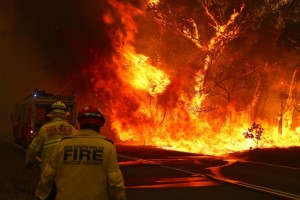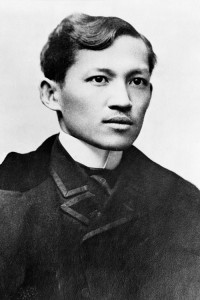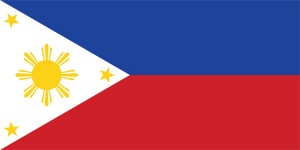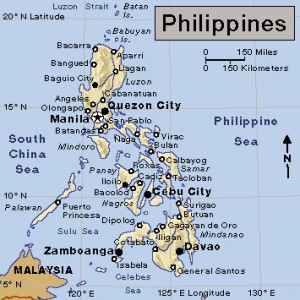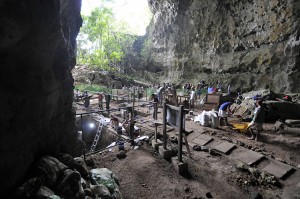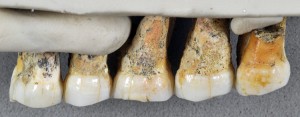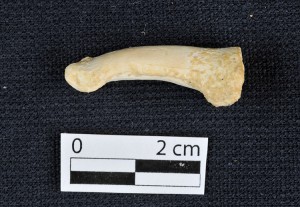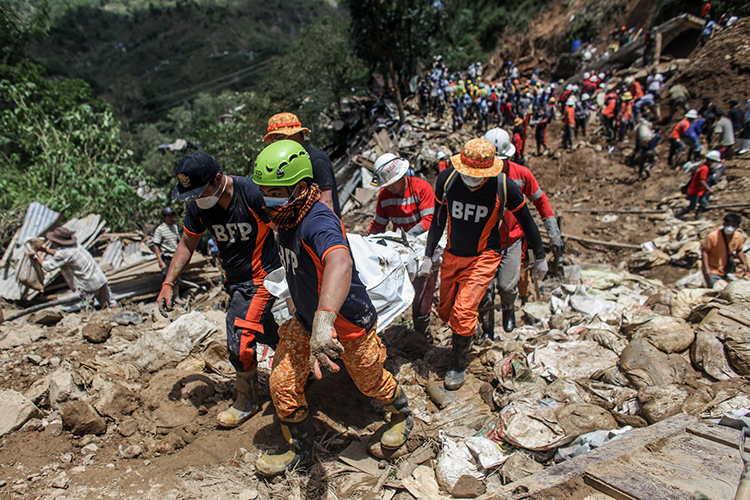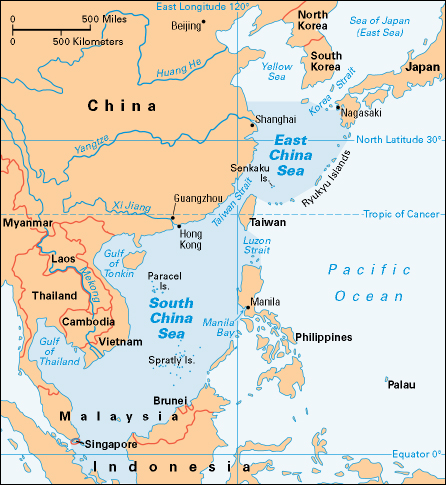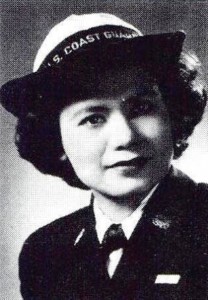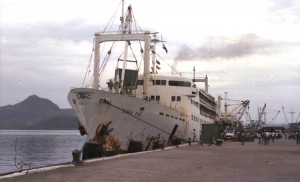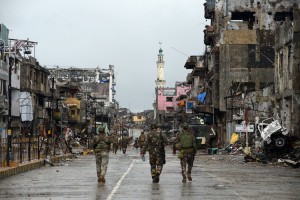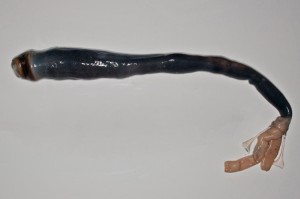Olympic Spotlight: Margielyn Didal, Street Skateboarder for the Philippines
Monday, July 26th, 2021
Margielyn Didal of the Philippines will compete in the new street skateboarding event.
Credit: © Cheng Min, Xinhua/Alamy Images
Skateboarding is making its Olympic debut at the Tokyo 2020 Summer Olympic Games. A star skateboarder representing the Philippines is Margielyn Didal. Didal has become the first Filipino to participate in several international skateboarding tournaments. She qualified for the women’s street skateboarding event, which took place on Sunday, July 25, 2021. Didal placed seventh overall.
Didal is a Philippine professional street skateboarder. Street skateboarding is a type of skateboarding performed in urban settings, using stairs, rails, and ramps for tricks. Critics have noted her energetic and controlled style. She has become one of the top skateboarders in the world.
Margielyn Arda Didal was born April 19, 1999, in Cebu City, Philippines. She began skateboarding with friends when she was 12 years old. She began her professional career under the coaching of Daniel Bautista, a Philippine freelance photographer and skateboarder. Bautista loaned Didal skateboards and coached her through local tournaments starting in 2012. Didal competed in tournaments in part to win prize money to support her family. In 2014, she injured her arm and ankle while skateboarding, limiting her ability to compete.
In 2018, Didal became the first Filipino to participate in Street League Skateboarding, an international street skateboarding competition, finishing eighth overall. Didal competed in the 2018 X Games in Minneapolis, Minnesota, becoming the first Filipino to do so. She won the gold medal at the 2018 Asian Games in the women’s street skateboarding event.
In 2019, Didal won gold in the women’s street event at the first Philippine National Skateboarding Championship. She also won two gold medals in the 2019 Southeast Asian Games.

